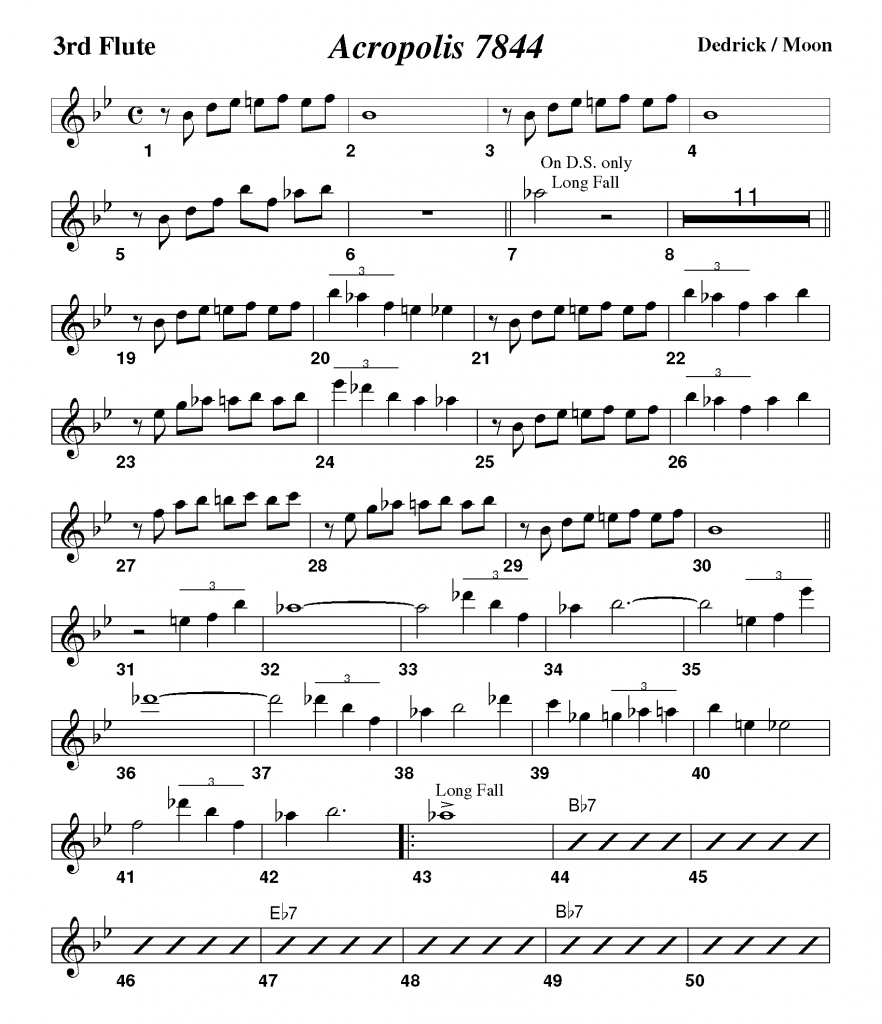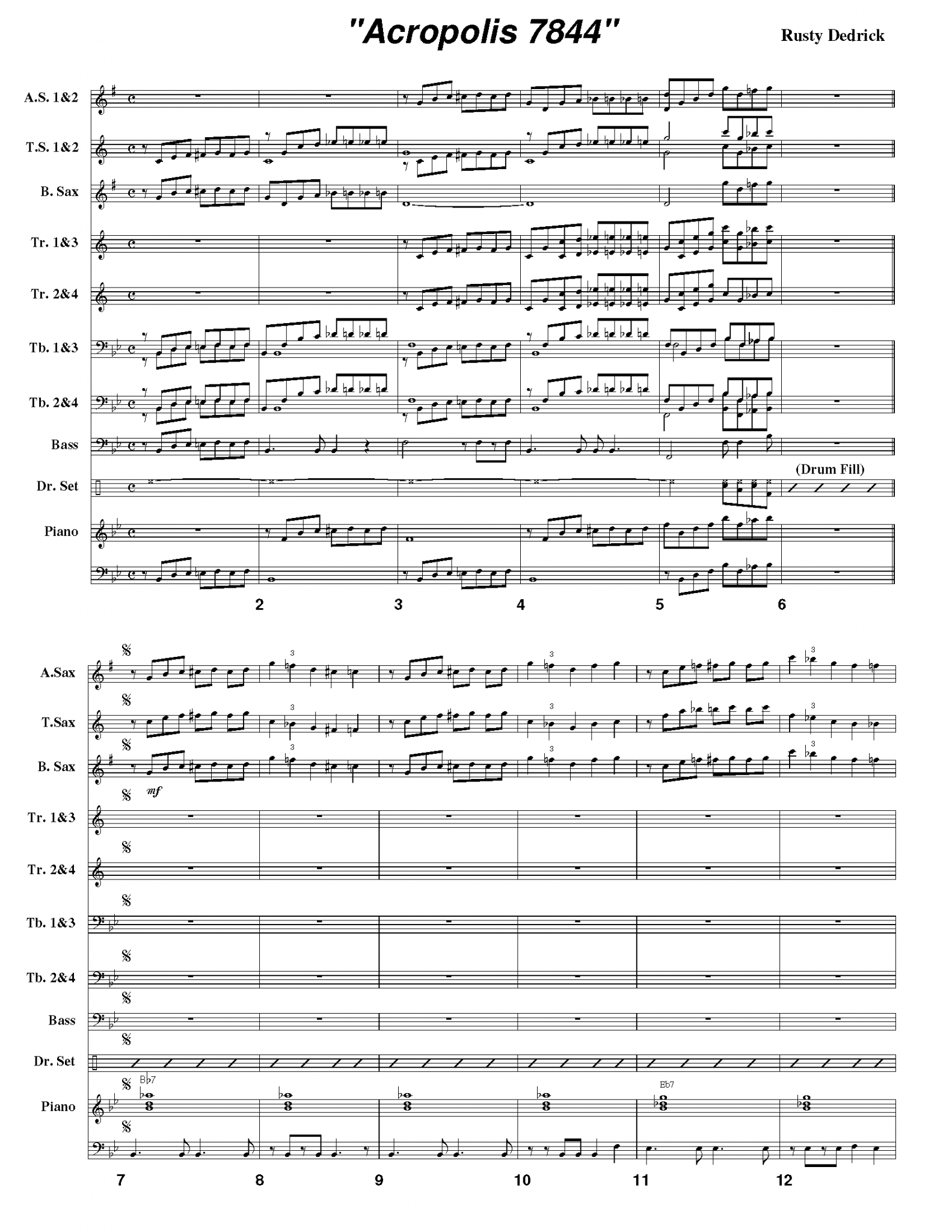

- #Adding roman numerals for chords finale printmusic how to#
- #Adding roman numerals for chords finale printmusic mac osx#
- #Adding roman numerals for chords finale printmusic install#
- #Adding roman numerals for chords finale printmusic professional#
- #Adding roman numerals for chords finale printmusic series#
#Adding roman numerals for chords finale printmusic series#
I based the system on a jazz piano series of books written by a professor who taught jazz piano and modal improvisation. For minor it's usually Dorian when it's come from major.Īfter putting this in use and seeing students take to it I've found this to solve hours, weeks if not months of headache. I have no problem including lyrics within the score itself but I want to add verses at the end of the page after the score. So far, MuseScore does just about everything I need it to do but Im having a problem including text/lyrics.
#Adding roman numerals for chords finale printmusic install#
Should a chord be major instead, then I indicate with X, so D is IIx, usually it's always a dom7 extension on these, hardly ever a maj7. I have been using Finale PrintMusic which is also very good but its an older version and wont install on Vista. If any chord should change from being say major but is now minor, then you add an 'm' after it, so Fm would be IVm, this way you always know where you are.
#Adding roman numerals for chords finale printmusic how to#
This way you only have to learn how to solo over each chord in a minor and major blues and then voila! All your chords done.
#Adding roman numerals for chords finale printmusic mac osx#
Pete Sawchuk Finale 2004a in Mac OSX 10.3.2 PowerMac G4 Dual 867Mhz 1 Gb RAM 23' Apple Cinema Display. If youre looking for 'ø7' a suffix Ive never seen representing a half-diminished chord, youll need to construct that one yourself. So a blues in Am would read VI II VI III II VI = Am Dm Am Em Dm Am.Ī blues in C would read: I IV I V IV I = C F C G F C. In the default Finale Mac 2004 document, 'm7(b5)' is chord suffix 20, while 'ø' is 64 see the attached example. I is always the major chord, II is always minor etc. When I wrote The Guitar Conspiracy I simplified all this into: There are a lot of theories on how to use roman numerals. So you could see this progression written many ways referenced from C Major, and they ALL mean the same thing: If you see a "-" after a numeral, like II-, I-, V-7b5, etc.the "-" also means Minor.Īs well, remember any Upper-case numeral that DOESN'T have a "-" or "m" after it is always assumed a Major Chord. (Personally, I stay away from using it except in certain situations, unfortunately others don't.) Although, in text and for describing any extensions or alterations, lower case can be confusing. If you see ANY Roman Numeral written as a lower-case letter, like ii, iii, etc., this also means "Minor". If you see any Roman Numeral followed by lower case "m", like IIm, IIIm, bVIIm, etc.the "m" means "Minor". VIII=I=Octave=Six Whole-steps above the TonicĪny time you see a Capital Roman Numeral with no other signs AFTER it, it is considered a Major chord or Major Interval. VII = Five and a Half Steps above the Tonic VI = Four and a Half steps above the Tonic V = Three and a Half steps above the Tonic IV = Two and a Half steps above the Tonic

Here's the Roman Numerals and where the steps are found from the Tonic:īIII = Whole-step + Half-step above Tonic A Whole-step = a 2 fret distance which = 2 Half-steps

Information - Concerts, News,FAQs, Archives. Organs - Electronic (B3 etc.), Pipe, Theatre.
#Adding roman numerals for chords finale printmusic professional#
Who's Who - Professional Pianists on Piano World Member Recordings - Non Classical Pianist CornerĮVENTS! Piano Concerts, Recitals, Competitions.įun Stuff! - Parties, Tours, Projects & More.įorum Members Parties, Tours, Cruises, & M. MY NEW PIANO or KEYBOARD! - Share Your Story! That's my understanding of it at least.someone please correct me if I'm wrong here, because I'm pretty inexperienced with this stuff, but definitely trying to learn!ĭigital Pianos - Electronic Pianos - Synths &a. For instance, "I" represents a major "1" chord, and "i" represents a minor. I'm guessing Roman numerals are preferred because, unlike regular numerals (e.g., 1, 2, 3.), they allow for the distinction between upper and lower case numerals. I don't know how a Roman Numeral chart would refer to that! Jazz players talk about that as simply a ii-V-I to Gb. A tune like Joy Spring starts in F, but them modulates to Gb/F#. Rogerzell: You are right that I've not seen a Roman Numeral chart that accounts for modulations, which is why it's very hard to write a good lead sheet in Roman Numerals. While this could be written with any kind of numbers, Roman numerals are the tradition, for reasons I don't know. He'll know exactly what chords to accompany me with. But the jazz theory explanation for this progression is ii-V-I, which is one of the fundamental concepts for jazz improvisation.Īs an example, if a band asks me to play an intro and I want the bass player to join, and he knows the key, I'll say: I'm playing a iii VI ii V I. You may see in a standard G-7, C7 and Fmaj7 and can play those chords. Sebs: I speak strictly from a jazz perspective, and there, roman numerals certainly are needed for transposition, but there primary purpose is for jazz theory.


 0 kommentar(er)
0 kommentar(er)
